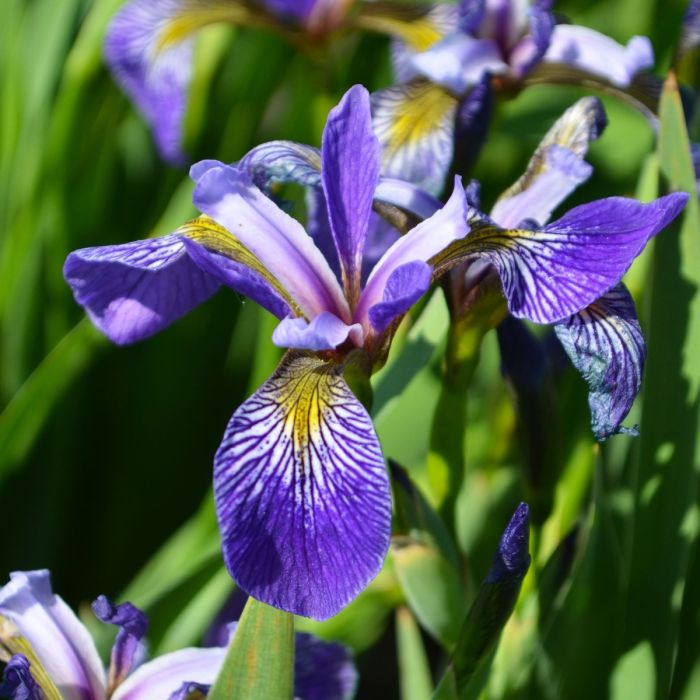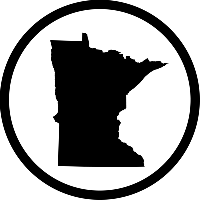Creating a Rock Garden
When creating a rock garden, you want to choose plants that can grow between rocks. The experts at Gertens offer some helpful tips and tricks on how to build a successful rock garden!




Out of stock
Coming soon, still growingNative iris with narrow, upright foliage and bluish-purple flowers in early summer. Excellent vertical effect. Tolerates saturated, boggy soils.
Discover an unparalleled selection of perennials at Gertens! With the largest variety in Minnesota, we offer endless options of colorful perennials, natives, and pollinator plants to beautify your garden year after year. From vibrant flowers to lush foliage, our perennials are perfect for adding beauty and charm to your outdoor space. Visit Gertens today and see why we're known as Minnesota's Destination Garden Center!
Blue Flag Iris | Iris versicolor
Height: 4 feet
Spacing: 24 inches
Sunlight: Full Sun to Partial Shade
Hardiness Zone: 3a
Brand: Gertens
Description:
Native iris with narrow upright foliage and bluish-purple flowers in early summer; Excellent vertical effect; tolerates wet, boggy soil
Ornamental Features
Blue Flag Iris has masses of beautiful blue flag-like flowers with yellow falls at the ends of the stems in mid spring, which are most effective when planted in groupings. The flowers are excellent for cutting. Its sword-like leaves remain green in color throughout the season.
Landscape Attributes
Blue Flag Iris is an herbaceous perennial with tall flower stalks held atop a low mound of foliage. Its medium texture blends into the garden, but can always be balanced by a couple of finer or coarser plants for an effective composition.
This plant will require occasional maintenance and upkeep, and should be cut back in late fall in preparation for winter. Deer don't particularly care for this plant and will usually leave it alone in favor of tastier treats. It has no significant negative characteristics.
Blue Flag Iris is recommended for the following landscape applications;
Planting & Growing
Blue Flag Iris will grow to be about 3 feet tall at maturity, with a spread of 24 inches. When grown in masses or used as a bedding plant, individual plants should be spaced approximately 24 inches apart. It grows at a medium rate, and under ideal conditions can be expected to live for approximately 10 years. As an herbaceous perennial, this plant will usually die back to the crown each winter, and will regrow from the base each spring. Be careful not to disturb the crown in late winter when it may not be readily seen!
This plant does best in full sun to partial shade. It is quite adaptable, prefering to grow in average to wet conditions, and will even tolerate some standing water. It is not particular as to soil type or pH. It is somewhat tolerant of urban pollution. This species is native to parts of North America. It can be propagated by division.
| Common Family Name | Blue Flag Iris |
|---|---|
| Gerten Grown Plants | Gerten Grown Plants |
| MN Native Plants | MN Native Plants |
| Sun Preference | Full-Sun, Part-Sun |
| Bloom Time | June, July |
| Mature Spread (Range) | 12" - 24" |
| Mature Height (Range) | 37" - 48" |
| USDA Hardiness Zone | 3, 4, 5, 6, 7, 8, 9 |